If you are new to the world of collecting Magic: The Gathering cards, chances are you may have not heard of Japanese Planeswalkers before.
You might be asking yourselves the usual questions:
- What are Japanese Planeswalkers
- Who are they?
- What do they do?
- How many of them are there?
In this guide, we will answer all your questions about Planeswalkers in general. We have the answers to all your queries about planeswalkers and more.
If you are already an expert on Planeswalkers and want to jump straight to finding out where and how you can buy Japanese Planeswalkers directly from Japan, click the links below to go directly to that information.

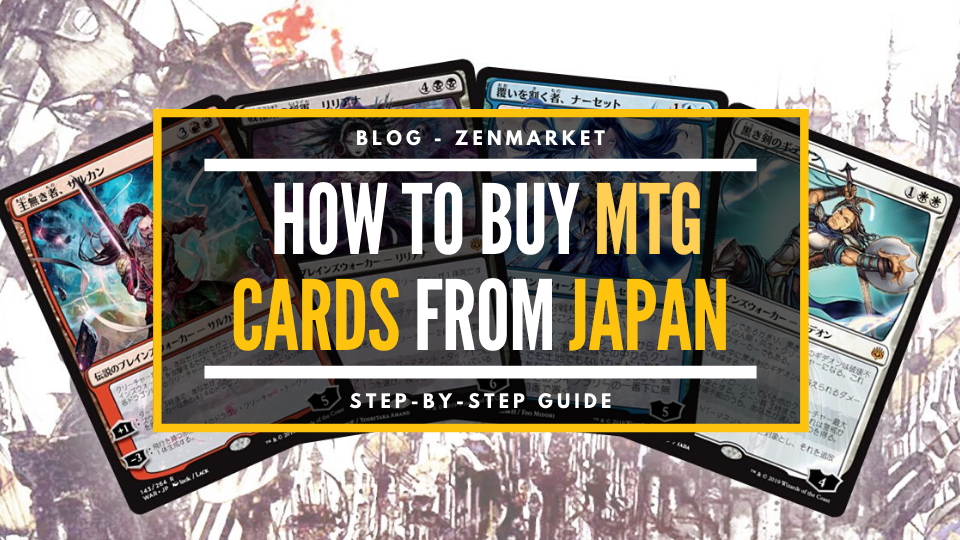
What Are Planeswalkers
Before going any further, it's a good idea to understand the root of the word "Planeswalker".
This is because they have been around since the beginning. In the first-ever Magic: The Gathering set, players were considered "Planeswalkers" themselves doing battle against one another.
While there are now Planeswalker cards in the game itself, these were introduced later.
Planeswalkers can move from one plane to another, i.e. from one multi-universe to another, thus making them one of the most powerful beings in the Magic The Gathering universe.
Traveling between these planes is important for MTG characters such as planeswalkers so that they can come back to older sets easily.
Throughout the history of the game, there have been numerous planeswalkers.
But before we discuss them in greater detail, let us first understand how the cards work. A better understanding of the cards will help rid of any confusion and help you grasp the game better.
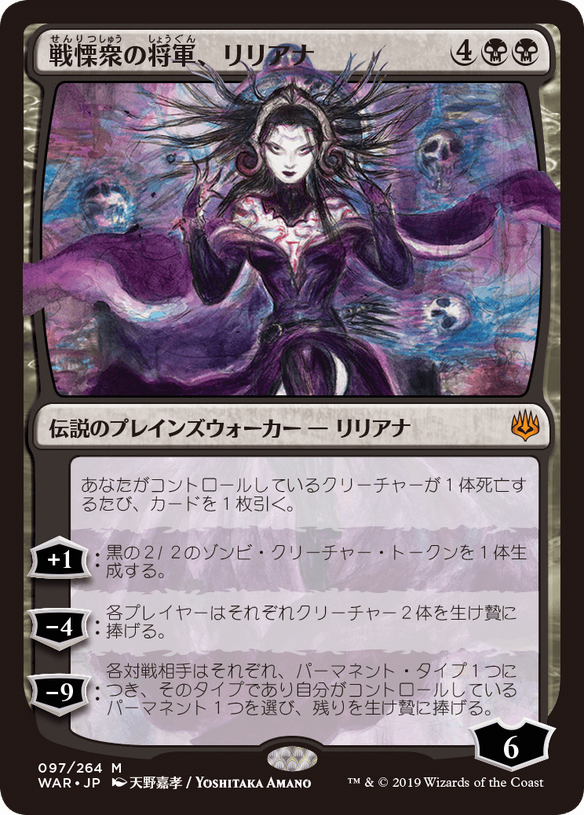 Planeswalker Rules: How Do They Work?
Planeswalker Rules: How Do They Work?
When you first lay your eyes on a Planeswalker, you will be stunned by how amazing they look.
Their look alone could give you the impression that these cards will be the best in the game. This assumption mainly holds true, while there are always some exceptions to the rule.
If you are new or have not been brushed up on the rules in a while, or left the game before the introduction of planeswalkers, you should understand that these cards are unique.
They are classed as a non-land permanent type of spell in Magic and come with special rules.
Like other MTG cards, planeswalkers come with a name, type, and mana cost.
However, these cards have some other tricks, which are unique only to these cards. These include static abilities, loyalty counter, ultimates, and plus and minus abilities.
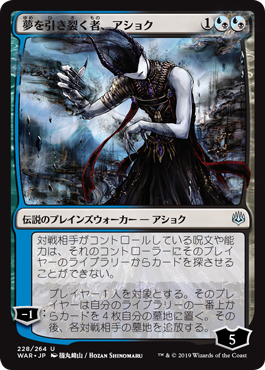
Let us look at these special abilities in detail:
- Loyalty counter: planeswalkers come with loyalty counters on the battlefield. This number is called a "starting loyalty". If the Planeswalker's loyalty becomes zero or lesser, it is sent to the graveyard.
- Plus abilities: Having the plus ability increases a Planeswalker's loyalty counter, by the value of the plus ability.
- Minus abilities: The opposite of plus ability, having a minus ability reduces the Planeswalker's loyalty number. A planeswalker with not enough loyalty counters can not use abilities that require more than they have. This means that to use the minus ability, your Planeswalker should have loyalty counters that equal to or more than the number of the minus ability.
- The only way to activate the abilities of a planeswalker is through sorcery speed, which means it can be activated only on your turn. There are, however, other ways to use abilities. Having cards such as Teferi, Temporal Archmage's Emblem and Chain Veil in play allow you to activate multiple abilities in a single turn.
- Static abilities: Certain planeswalkers come with an ability that works when they are placed on the battlefield without having to activate anything. This ability is also referred to as "passive".
- Ultimates: As the name suggests, this ability can be the final straw for a Planeswalker. An ultimate is always a minus ability and ranges between -x to -14. Seeing as the cost of using these abilities is high, they are always high impact abilities that are quite potent and often result in you sweeping the game up.
- Instead of attacking your opponent directly, you can go for a Planeswalker instead. You can do this by sending your creatures to attack them instead. Your opponent will also have the option to use their creatures to block the attack. The Planeswalker would lose several loyalty counters that equals the damage inflicted by every creature that attacked it, if the attack isn't blocked.
- Every Planeswalker that can turn into a creature cannot attack the moment they are summoned on the battlefield as a result of summoning sickness unless that Planeswalker has haste.
- If you have creatures or spells that will attack or target planeswalkers, they will inflict damage only to the planeswalkers and not the player.
- One of the rules of MTG is that you are allowed to have only four planeswalkers of the same card name in your deck. But you can possess multiple types of planeswalkers in your deck.
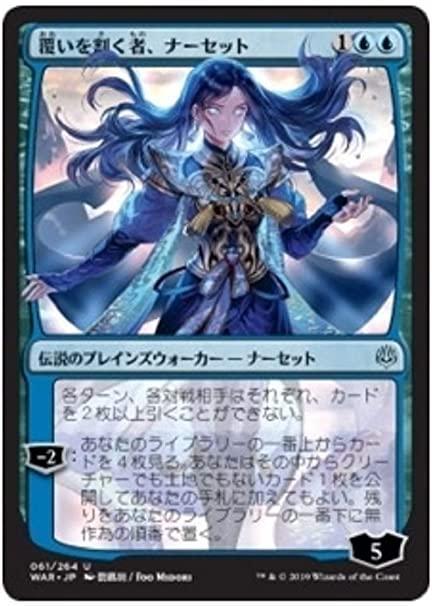
All planeswalkers Are Legendary
The Ixalan set release gave all planeswalkers the status of "legendary".
This applies to all planeswalkers. It means that cards that do not have the "legendary" moniker before its subtype name will still be referred to with legendary going forward.
As an effect of this, planeswalkers fall under Magicys "Legendary Rule".
According to this rule, you cannot have two permanents that are legendary with the same name, at the same time in play.
This means that if you have one on the battlefield, you cannot summon a second one without losing one of them.
It is, however, a possibility that both you and your opponent can have the same legendary permanent on the battlefield at the same time.
If you decide to steal the same legendary permanent that your opponent possesses, you will have to send one of them to the graveyard.
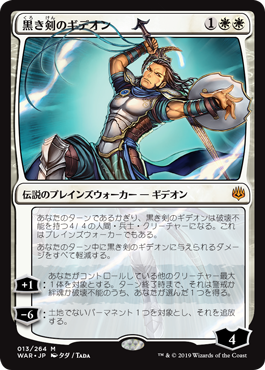
There is a workaround to having multiple planeswalkers in your deck.
We have mentioned before that you cannot possess more than four planeswalkers with identical card names in your deck.
However, you can most certainly play a few planeswalkers if their names are different.
So now that we have completely covered planeswalkers, you are now well versed in their working and usage.
Planeswalkers are quite powerful.
Given the power of these cards, they can be quite difficult to use at first. The sheer value of the card means that you are bound to run into them while playing, even if you choose not to use or own any Planeswalker yourself.
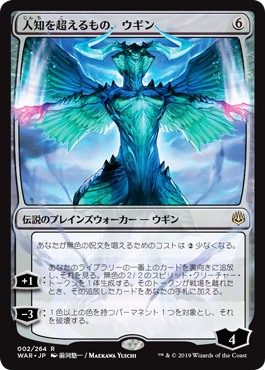 Planeswalker Game Rules
Planeswalker Game Rules
If you are unsatisfied with the general overview and want the detailed rules on planeswalkers, we have listed the official rules below:
Planeswalkers
- 306.1. If a player gets priority, they can summon a planeswalker directly even when their stack is finished. When you cast a planeswalker as a spell, the entire stack gets used up. (refer to rule 601 for more on "casting spells")
- 306.2. The controller can put the planeswalker on the battlefield once the planeswalker's spell is completed.
- 306.3 Each planeswalker can have multiple subtypes. You can identify these subtypes by checking the name of the planeswalker, as each name is followed by a dash and the subtype. Eg. Planeswalker-- Jace. Refer to rule 205.3j to learn more about planeswalker types.
- 306.4. Before a change in rules, players were only allowed to control one planeswalker if they had multiple same type cards. This rule was called the "Planeswalker uniqueness rule". Since the rule change, the planeswalker cards that were printed before the change have now received an errata in the Oracle card, concerning the legendary supertype. Instead, they are now a part of the "legend rule", just like other legendary permanents.
- 306.5. Only planeswalkers have "loyalty" as a characteristic.
- 306.5a If a planeswalker is not present on the battlefield, its loyalty number is the one printed on the right lower corner of the card.
- 306.5b planeswalkers have an intrinsic ability that allows them to get on the battlefield with loyalty counters, which is equal to the loyalty number printed on the card. A replacement effect is created by this ability.
- 306.5c A planeswalker's loyalty is directly proportional to its loyalty counters. This applies when the planeswalker enters the battlefield.
- 306.5d every planeswalker comes with multiple loyalty abilities that are activated by using the loyalty symbols. To use a loyalty activity it has to follow a special rule. The rule states that "a player can activate their legendary permanent's loyalty activity anytime they get priority, and their stack is finished while they are on their turn's main phase". This only applies if the planeswalker's abilities have not been activated during that turn. Refer to rule 606, which describes loyalty abilities in detail.
- 306.6. planeswalkers are not immune to attacks. Refer to rule 508, "declare attackers step" to learn more.
- 306.7. Before a critical rule change planeswalkers had a rebounding effect which allowed players to deal non-combat damage to an opponent's planeswalker. This rule was removed and the planeswalkers that had this ability were given an errata in the Oracle card reference.
- 306.8. If a planeswalker has been dealt any damage, it removes an equal number of loyalty counters.
- 306.9. In the game, if a planeswalker has 0 loyalty, it goes straight into the owner's graveyard. Refer to rule 704 for more on state-based actions.
These rules should aid you in tackling any issues, problems, or battles you may face when using planeswalkers or facing your opponent's planeswalkers.
A quick point of note is that these cards are like us, the players, as we can move about different sets with ease, so can these cards. That's why we have cool cards like the Japanese Alternate Art Planeswalkers.
Planeswalkers were not always physical cards in the game, but were first present in Magic's lore, which is fascinating, to say the least.
Now that we are versed with how planeswalkers work and function, it is time to learn more about their history and how they came to be.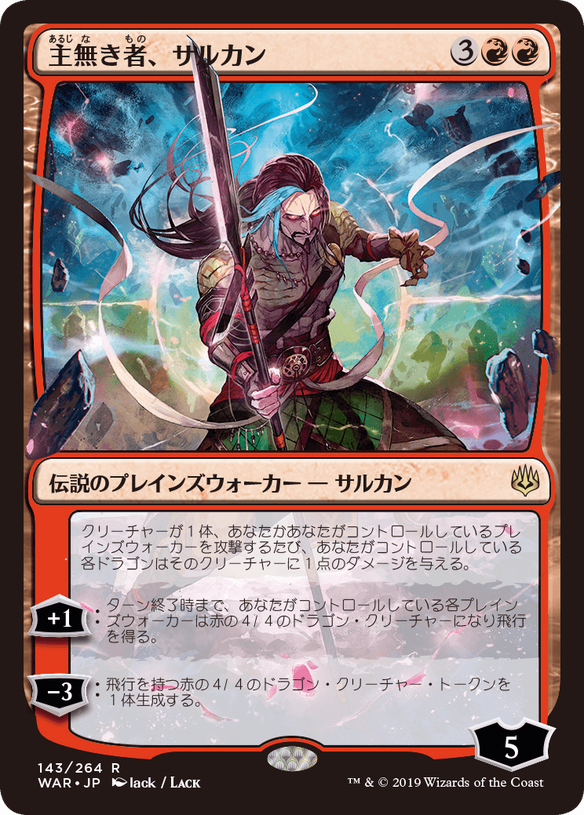
Are planeswalkers Creatures?
The short answer is no, planeswalkers cannot be classified as creatures.
These cards are unique in the way that they are different and have a completely different set of rules. While there are exceptions and certain planeswalkers can turn into creatures such as "Sarkhan the Masterless".
As planeswalkers are not creatures, they cannot attack like creatures.
They can only attack if spells or abilities turn them into creatures.
However, a planeswalker is always vulnerable to attacks. They instead can inflict damage and hence can attack other planeswalkers and target them with the help of damage abilities. 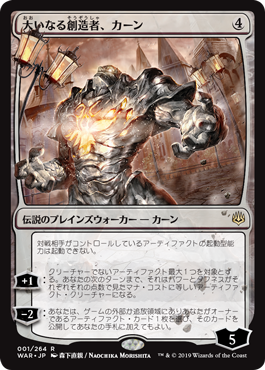
How Many planeswalkers Can You Have in Play?
Infinite. Yes, you read that right, you can have an unlimited number of planeswalkers on the battlefield.
While it may be nearly impossible to handle multiple planeswalkers and their abilities simultaneously, no rule goes against it.
However, you cannot place two identical planeswalkers on the battlefield. 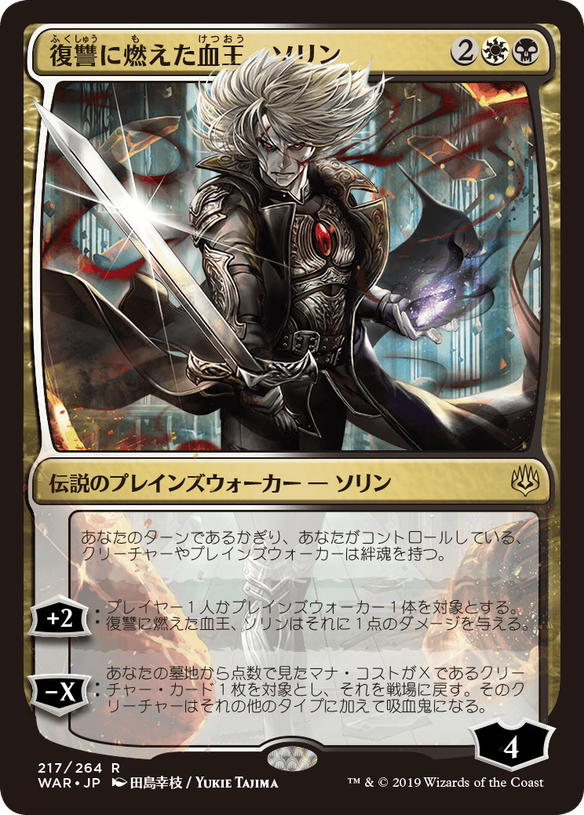
History Of Planeswalkers in Magic: The Gathering
While the existence of planeswalkers has been established for a while, their physical existence via physical cards is recent.
They were created around the biggest pillars of Magic: The Gathering - The Color wheel in physical form.
The idea to bring in planeswalkers was first conceived by Matt Cavotta, Future Sight design team member.
It did take some nagging, nonetheless Mark Rosewater, the head designer felt that this was a great way to bring "wizards fighting with magic" to life.
While the idea was too much to handle for Future Sight, Lorwyn got a hold of the project and since then planeswalkers have become the most famous entities of the game.
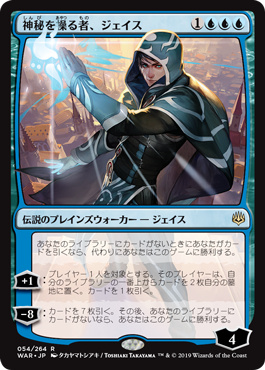 Wizards of The Coast decided that they would introduce a new type of card in 2007.
Wizards of The Coast decided that they would introduce a new type of card in 2007.
This was the moment planeswalkers were introduced to MTG and the first planeswalkers were a huge hit.
These first five cards were printed as 'Rares', but they wouldn't stay that way for long.
If you are familiar with the current format of the game, you will realize that all planeswalkers are 'Mythic Rares'.
The reason for the mistake is because 'Mythic Rare' had not been made yet and in 2008, with the introduction of the Shards of Alara set, Planeswalker rarities were changed.
Since then, all the planeswalkers that been released were reprinted at 'mythic rare', including the original Planeswalkers, up until the release of War of The Spark and the introduction of the Planeswalkers featured as Japanese alternate art Planeswalkers.
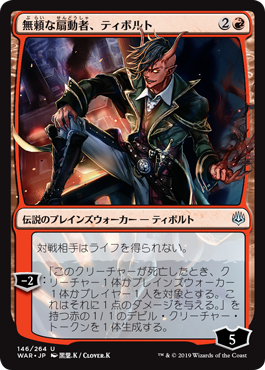 The reason for turning planeswalkers from rare to mythic rare is because of the game's popular lore.
The reason for turning planeswalkers from rare to mythic rare is because of the game's popular lore.
According to the lore, it is incredibly rare, or mythically rare for someone to find their 'spark' and ascend to become a planeswalker.
This is tied to the chances of anyone getting a planeswalker in a booster pack, which is also very rare.
This is why when somebody opens a Planeswalker, it is an exciting prospect.
Mythic rares have an aura of uniqueness around it.
MTG has a good record of combining the story and real life, and through the mythic rare cards, it does it even better.
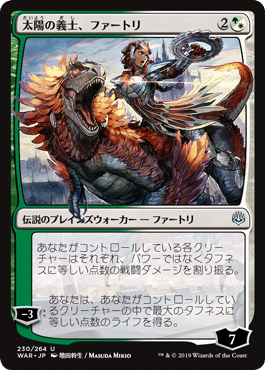 Prior to the War of the Spark, planeswalkers were all classified as mythic rares, but the introduction of this new set changed the game.
Prior to the War of the Spark, planeswalkers were all classified as mythic rares, but the introduction of this new set changed the game.
They printed a lot of planeswalkers as rares and uncommon.
This was a drastic change from the rules the wizards had kept, which is that any planeswalker printed after the Alara block would normally be mythic rares.
The change in classification came about when they realized that due to the original Nicol Bolas arc, war was inevitable.
In this war, planeswalkers were going to play a huge role, and each set only had a finite number of slots for rare cards. These reasons were why the wizards had to amend their normal printing habits.
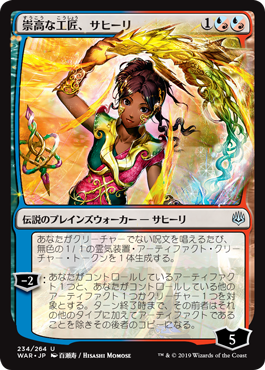 Designer Mark Rosewater stated that if the heroes and villains had to be classified as mythic rare, the Gatewatch to be classified as rare, then the classification of the planeswalkers would be dependent on its design.
Designer Mark Rosewater stated that if the heroes and villains had to be classified as mythic rare, the Gatewatch to be classified as rare, then the classification of the planeswalkers would be dependent on its design.
If the planeswalker was a hybrid, it would be classed as uncommon and rare if it was the traditional two-color gold design. Color and slot placement also played a key role in the classification when these cards were printed into this set.
Cards such as Vraska were termed as rare as it was the sole planeswalker with a black-green color scheme.
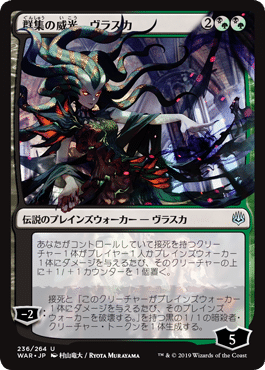 The question remains, will we continue to see planeswalkers as lower rarities?
The question remains, will we continue to see planeswalkers as lower rarities?
Mark has an answer for that as well. He explains that it is entirely up to the designers.
The original plan is for planeswalkers to be termed as mythic rares, however, if designers will make the call if they feel that an uncommon or rare planeswalker is better suited to the set.
As of the 2020 Core Set Chandra, Novice Pyromancer, and Chandra, Acolyte of Flame were added as evolutions of Chandra.
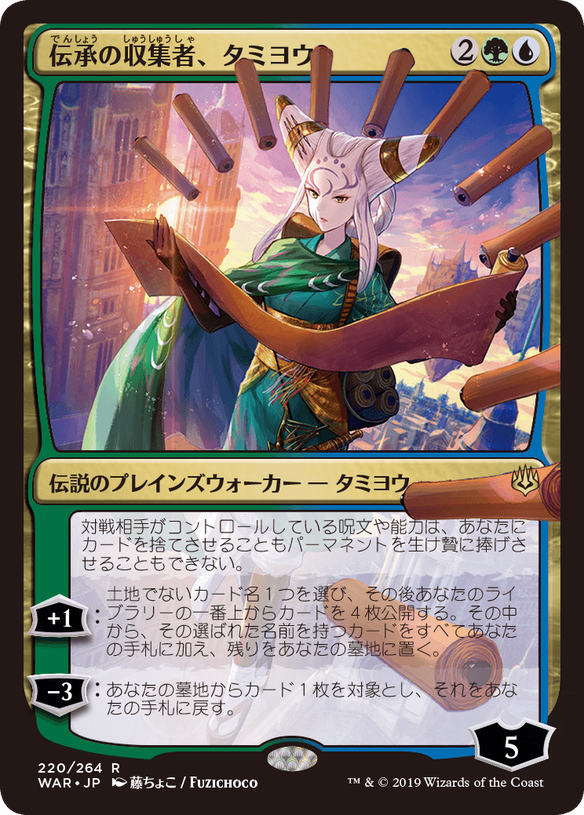
Planeswalkers are arguably the very reason MTG has become a phenomenon with its recent growth with them becoming the faces of the franchise.
They are by far the most famous type of card in all of Magic and their lore is loved by fans. This is a good reason why planeswalkers weren't classified as uncommon or rares unit this point.
Taking away some of their rarity could risk taking away their identity and excitement of the cards.
The stories behind each card are unique. While it was sensible for the War of the Spark arc, it is highly unlikely that such a story will unfold again, for quite a while.
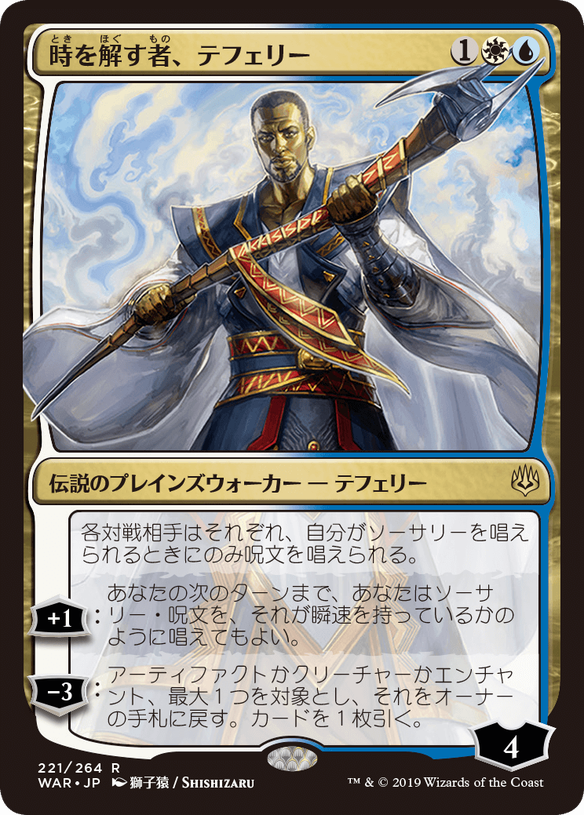 Planeswalkers in the story of Magic The Gathering
Planeswalkers in the story of Magic The Gathering
Before the existence of planeswalkers, MTG was a completely different game in terms of promotion.
The promotions focused on the creatures in the set, the game's mechanics, and the set itself.
While the general idea is still present today, planeswalkers have become the face of the set.
When Magic first launched, the creatures were the main talking point of the game according to the wizards.
However, the initial promotions did not gain much traction as they failed to establish a connection with audiences.
This problem continued when Lorwyn first introduced planeswalkers in a set.
It took Wizard of the Coast a while before they realized that the characters were popular with their audience.
When they saw the connection between the audience and the characters, there was no stopping them from then on.
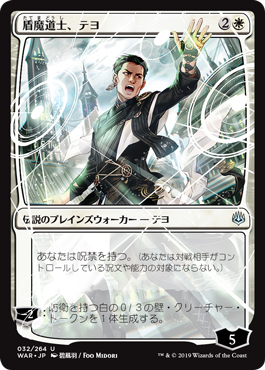 All of the current promotional material such as products and posters that feature Planeswalkers on them are signs that planeswalkers have drastically changed the game and how people view it.
All of the current promotional material such as products and posters that feature Planeswalkers on them are signs that planeswalkers have drastically changed the game and how people view it.
Planeswalkers have become companions in the player's journey. You can fight alongside these characters, discover new worlds, people, explore civilizations, and meet new people.
To the players, planeswalkers are friends, guides, and represent a familiar face.
Players are now significantly invested in these characters and now associate them with the game more than the rules, creatures, and worlds!
There have even been full-length novels written about Magic and the adventures of Planeswalkers in the multiverse of Magic The Gathering.
The characters are now directly associated with the game and have formed an identity for it.
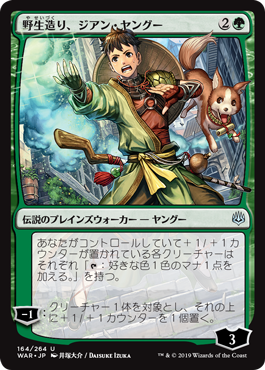 Frequency of Planeswalkers
Frequency of Planeswalkers
At first, Wizards opted not to include planeswalkers in every set.
They did this because the feeling of getting a planeswalker is special and should remain so. To them finding a planeswalker equated to the very rare 'Spark' that helps a person start to Planeswalke.
However, as time went on, the universe expanded, and more storylines were added.
This also meant that Wizards also had to add planeswalkers to keep up with the pace and growth of the game.
Today we can see a planeswalker being born every set.
In the last section, one particular point might have jumped out to you, which is how does one find "The Spark"?
If we go by definition, the MTG Wiki describes it as when a being goes through a tremendous amount of stress, in some cases, death; a spark can be triggered and help the individual ascend and start planeswalker.
This discovery often comes as the player starts to walk through planes, thus discovering their ability.
We have covered planeswalkers, their importance, how they work, and what they do. Let us now divert our focus to the most famous characters of the game.
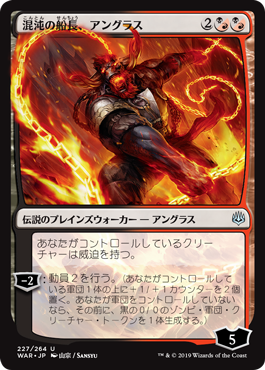 Most Famous planeswalkers
Most Famous planeswalkers
You will be happy to know that some of the most popular planeswalkers are still very much alive. Some of them have been around for a while and are quite popular.
We shall take a look at some of these characters and there their Japanese Alternate Art Planeswalkers cards.
Nicol Bolas
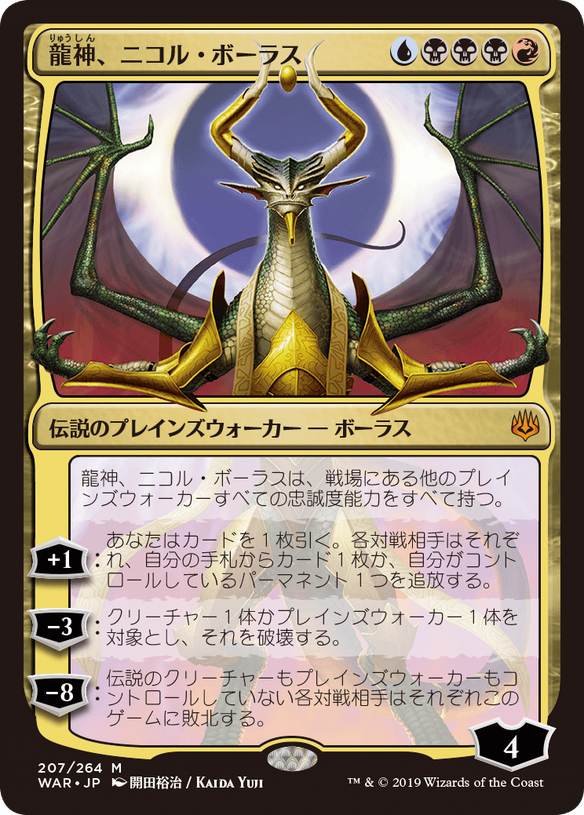
If there was an end boss in Magic: The Gathering, Nicol Bolas would be it, or so we thought.
While the universe continues to expand and throw us, new villains, we are yet to encounter one that is worse and meaner than Nicol Bolas.
Liliana Vess 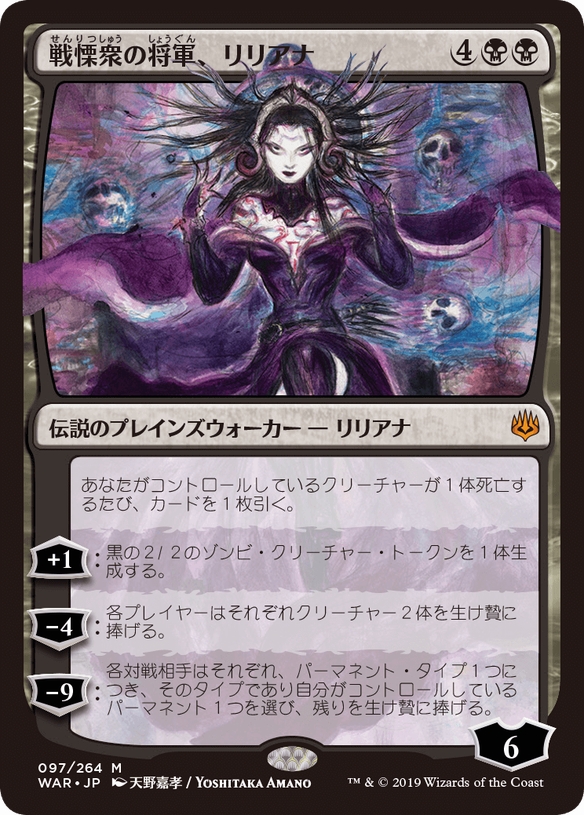
A narcissistic and attractive woman that changes sides like a coin, Liliana Vess was perhaps the character that saved the entire multiverse.
Chandra Nalaar 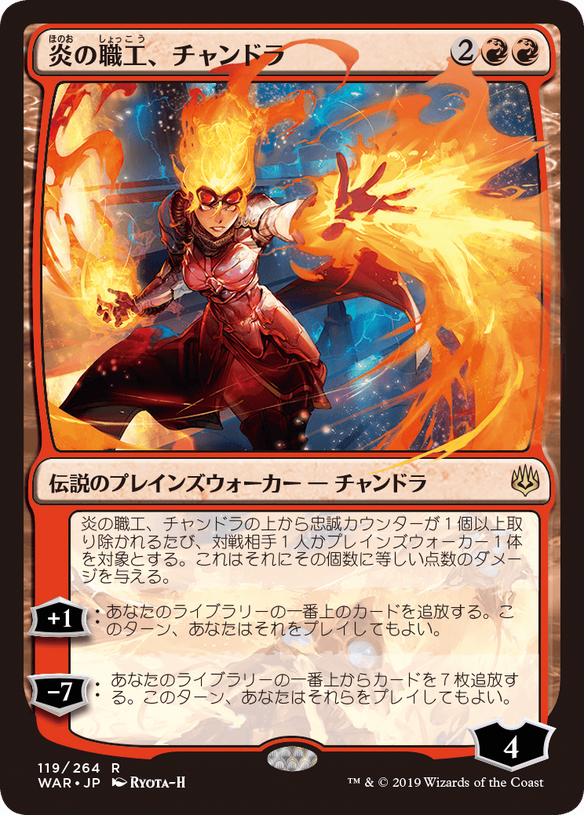
Flaming head of hair with pyromancer goggles is an unforgettable look, and rightly so! Chandra Nalaar is a stormy pyromancer who means only the good for others.
Nissa Revane 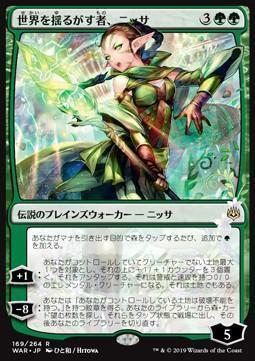
Nissa Revane is a character who aligns herself with nature and is the protector of Zendikar. She is always advocating the preservation of nature and has an array of elemental sidekicks.
While the aforementioned characters are very much alive and breathing, some planeswalkers have met with the rather unfortunate fate of death.
Over the course of Magic's history, a lot of these characters have died, but here we shall only cover the characters who perished when the Great Mending happened.
These characters are quite the popular bunch as they have been receiving a lot of push over the last few years. We could potentially see a team-up or a face-to-face battle with other planeswalkers.
As the universe expands, we simply have a great bunch of characters.
Each character represents a unique opportunity to build some great stories. Having this luxury of characters means that we do not have to be a part of the charade of following just five main characters, which was the case before.
When the storyboard switches between characters, there is an element of tension and anxiety to it, which makes Magic's story so fun to read.
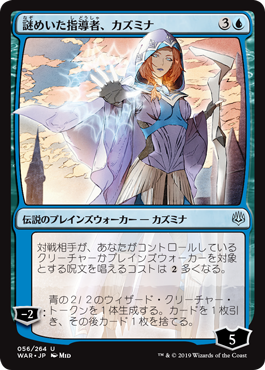
If you are ready to start getting your hands on some of these Japanese Alternate Art Planeswalkers now that you know everything you need to about Planeswalkers, check out our showcase or Guide below to get some of these awesome Japanese art cards!
Shop Magic The Gathering Now!
